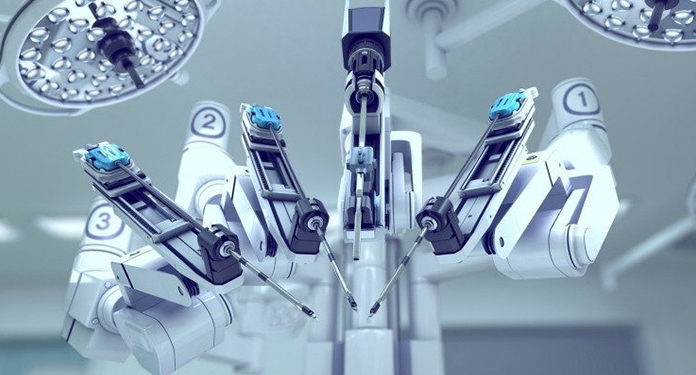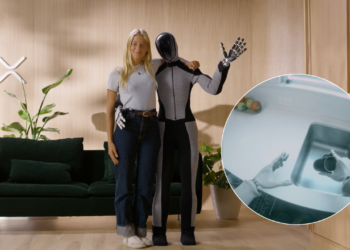A team of researchers at the University of Utah developed a fully autonomous neurosurgeon robot 50 times faster than their flesh-and-bone “colleagues”.
The robot arrives in the operating room. A team of researchers at the University of Utah has developed a fully autonomous “medical robot” that can perform complicated neurosurgical operations. The use of robotic devices and high-tech solutions is not in itself a novelty in the field of surgery. Recently, for example, a team of researchers at the Meyer Children’s Hospital in Florence reconstructed a child’s ear using 3D printing. What is surprising about the neurosurgeon robot from Utah is the extreme speed with which it operates. The first tests conducted by the researchers showed that the machine is 50 times faster than a flesh-and-bone neurosurgeon. In fact, the robot can reach in just two and a half minutes regions of the brain that normally require 2 and a half hours of work to be detected and affected. The use of this technology would therefore significantly shorten the duration of neurosurgical operations, reducing the risk of complications due to long anesthesia, infections and possible human errors.
How the neurosurgeon robot works
The neurosurgeon robot is totally autonomous and “works” exploiting the algorithms of Artificial Intelligence. First, a computerized tomography of the patient’s skull is performed and a 3D model of the bone complex and its most delicate points, especially nerves and blood vessels, is elaborated. The information collected is used to program the mechanical arm equipped with a drill capable of drilling the skull. Obviously, the entire procedure is strictly monitored: the robot is equipped with special sensors that stop the system in case of anomalies or danger, for example when the tip of the drill is too close to a facial nerve or a blood vessel of the brain. To date, the neurosurgeon robot has been tested on non-biological materials and on the skull of corpses. The results of the tests have been published in the journal Neurosurgical Focus and – according to Dr. William Couldwel, coordinator of the project – constitute a “proof of concept”, ie demonstrate that the technology works. At least theoretically: to see the neurosurgeon robot in the operating room, in fact, you will have to wait at least two years.

































